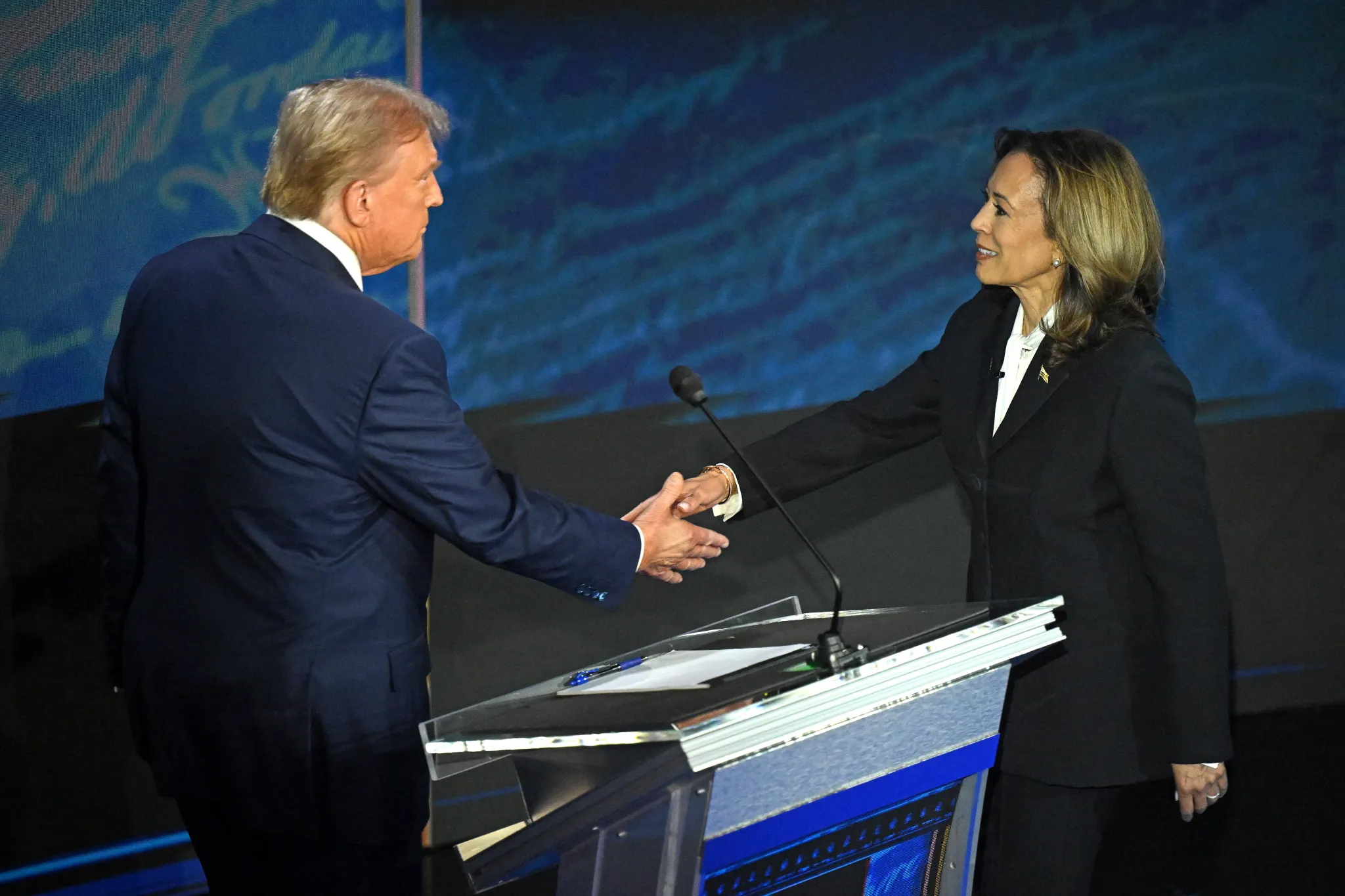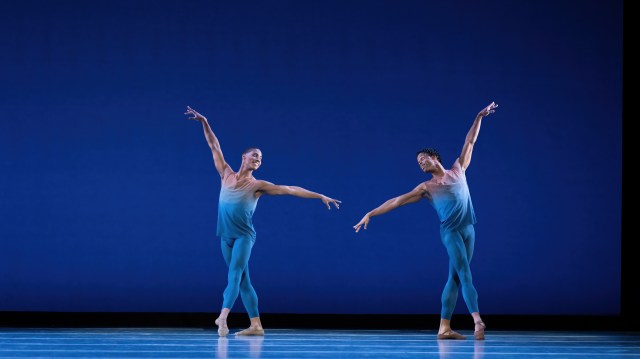Donald Trump’s manifold sins and acts of wickedness are so numerous that they are almost too tedious to repeat. He is a danger to democracy, a would-be fascist who has promised that voting for him means never needing to vote again, and he fomented the worst event in recent American history, the January 6, 2021, attack on the Capitol—the refrain could go on ad nauseam, ad infinitum.
Yet Joel Looper convincingly shows that these are the obvious political symptoms of a subtle theological disease. Leprosy cannot be cured pustule by pustule, as Martin Luther said. Looper is not preaching to the already converted; he is an evangelical issuing a clear alarm to his fellow evangelicals. He takes the title of his book, Another Gospel: Christian Nationalism and the Crisis of Evangelical Identity, from Galatians 1:6–7, where Paul warns all believers against the deadly heresy of embracing a “different gospel” than Jesus Christ and his church, “which is really no gospel at all.” Hence his clarion warning:
The Trump strategy … encourages Christians to identify the nation rather than the church as their primary community and to practice America’s politics rather than the politics of Jesus. It encourages us to believe another gospel, the gospel of America, which is no gospel at all.
That Looper writes in an engaging, informal style accessible to ordinary no less than learned readers does not diminish the sharpness of his central argument: Evangelicals are confronting nothing less than a status confessionis: a condition of crisis wherein a political threat “puts serious barriers in the way of preaching the gospel.” The churches must take a strong public stand on behalf of their central beliefs and thus for the Word of God that they confess. As Looper elaborates,
Those who embrace this anti-gospel are cursed because just as no one will be justified before God by observing the Jewish law (Gal. 3:11), no one will be justified before God by living as a “real” American or a good citizen. To put your hope in the gospel of America means that you are cut off from grace. If the outcome of an election means “everything” to you, the new creation cannot mean anything.
Looper skewers such obvious targets as Eric Metaxas, who told Trump in 2020, “Jesus is with us in this fight for liberty. … This is God’s battle even more than it is our battle.” He also takes aim at Robert Jeffress, pastor of First Baptist Church in Dallas, who said in 2016, “I want the meanest, toughest SOB I can find to protect this nation. And so that’s why Trump’s tone doesn’t bother me.”
Lest liberal Protestants cluck in self-satisfaction at Looper’s evisceration of evangelicals—since their churches may contain few if any MAGA-style Trumpers—they too should beware. “Since the late 1960s,” writes Looper, “many liberal Protestants have slipped into a brand of Americanized Christianity without realizing it. The worship of God came to seem extraneous to their primary task of community activism, nonprofit work, and getting out the vote, and the Democratic Party slowly displaced the church as their primary community.”
Looper also takes on such weightier figures as Reinhold Niebuhr and Rod Dreher, as well as Stephen Wolfe, the Presbyterian author of The Case for Christian Nationalism. But contemporary malefactors are not Looper’s only bêtes noires. He also shows how Protestant heroes like Martin Luther, John Calvin, and Ulrich Zwingli were willing to use coercive state power in alleged service of the church—burning heretics, for instance.
Not even such revered figures as Abraham Lincoln and Martin Luther King Jr. escape Looper’s theological critique. He has no desire to tarnish authentic American heroes. He confesses that only the flint-hearted can fail to be moved by the Gettysburg Address. Yet the unchurched Lincoln more readily adverted to an abstract Providence than to the incarnate Lord.
Quoting Lincoln’s words, Looper writes that he thus turned the blessed dead of Gettysburg into little “Christs through whose shed blood ‘the nation might live.’” Looper concludes, “The military has become America’s savior and redeemer … because the nation had first assumed the place of the church as the primary vehicle for God’s work in the world.”
Looper dares even to challenge the most revered Christian martyr in our nation’s history. In his justly celebrated “I’ve Been to the Mountaintop” sermon, delivered on the night before he was assassinated, Martin Luther King Jr. was altogether justified, Looper affirms, to put “African Americans in the place of Israel. They too came out of slavery. They too hoped for centuries in the Lord’s redemption and still suffered under the weight of injustice in the years that followed.” Even so, he argues, King erred in “identifying Black America … with Israel. [For] biblically speaking, the church—and there is only one church!—is to be identified with Israel, and no one else.”
Looper continues in this vein:
The church does not just work for the common good, for justice, or for as many people as possible to identify as Christians. The church witnesses. We point forward into the future, toward what, on the basis of Christ’s life, death, and resurrection, we expect him to do to set the world right. All other such hopes, including those noble hopes King himself held, will sooner or later be dashed. History is a slaughter bench. … Its arc does not of its own accord bend toward justice. As long as Christ tarries, the world is never going to stop being the world. And America and its founding vision are very much a part of the world.
Looper does not confine his prophetic warning to America alone. In a remarkably learned chapter, he lays out the complex historical developments that have led Vladimir Putin to become a self-avowed Christian nationalist with a claimed mandate from God. Not only elite Muscovites but also Russia’s rural poor—despite their disregard for Orthodox doctrine and their rare church attendance—have embraced Putin’s willingness to use nuclear weapons in a holy war that aims to de-Satanize Ukraine. In 2023, Orthodox patriarch Kirill of Moscow thus declared that war-making on behalf of Russia is “the greatest duty and a holy deed.”
Looper’s powerful conclusion about Putin’s messianism is worth quoting at length because of its patent relevance to the American scene:
Putin, his yes-men, and many in the Russian Orthodox hierarchy chose Russia over the body of Christ. They decided that the future they wanted to build was more important than what God has [built] and will build. They decided that the political community of the nation was more important than the political community joined together in the flesh of Jesus Christ. In so deciding, they put themselves in danger of blaspheming the Spirit. They, not the Ukrainians, broke communion with their brothers and sisters when the Patriarch of Constantinople granted Ukraine its own church in 2019. They then destroyed the property, institutions, and lives of those they called brothers and sisters in the faith and agreed together to lie about their reasons for doing it. The rejection of the one, universal church implied by this war tells us that the revival of faith in Russia is not orthodox (little o) even if it is Orthodox, that it propagates another gospel, not the gospel of Jesus Christ and his kingdom, but the gospel of the greatness of Russia.
In the end, however, Looper’s theological arrow strikes most directly at Donald Trump and his strongest devotees. The messianic character of Trump’s campaign rhetoric is unmistakable. Speaking to supporters at his New Jersey golf club in 2023, he boasted, “I am the only one that can save this nation.” Looper also reported that former Trump national security adviser Michael Flynn offered this paranoid prophecy to a church group last year: “There is an effort by these dark forces … to rewrite the Bible. … They are going to do it using AI!”
In that same talk, Flynn urged his pastor-filled audience to “put aside the Bible and read the Constitution” in some of their sermons. As if such overtures weren’t revealing enough, a source who advises Trump’s legal team told Vanity Fair, “It’s kind of a Jesus Christ thing.” Trump, in fact, likens himself to the crucified Christ. According to the same adviser, Trump’s pitch is, essentially, “I’m absorbing all this pain from all around from everywhere so you don’t have to” and “If they can do this to me they can do this to you.”
Looper makes no call to vote for Kamala Harris. He argues, instead, that Donald Trump and his evangelical acolytes are guilty of the primal evil, the idolatry expressly forbidden in the first commandment: “You shall have no other gods before me.”
Ralph C. Wood spent 50 years in the collegiate classroom at Wake Forest, Samford, and Baylor. He has written extensively on Flannery O’Connor, Walker Percy, J. R. R. Tolkien, C. S. Lewis, and G. K. Chesterton.

































































